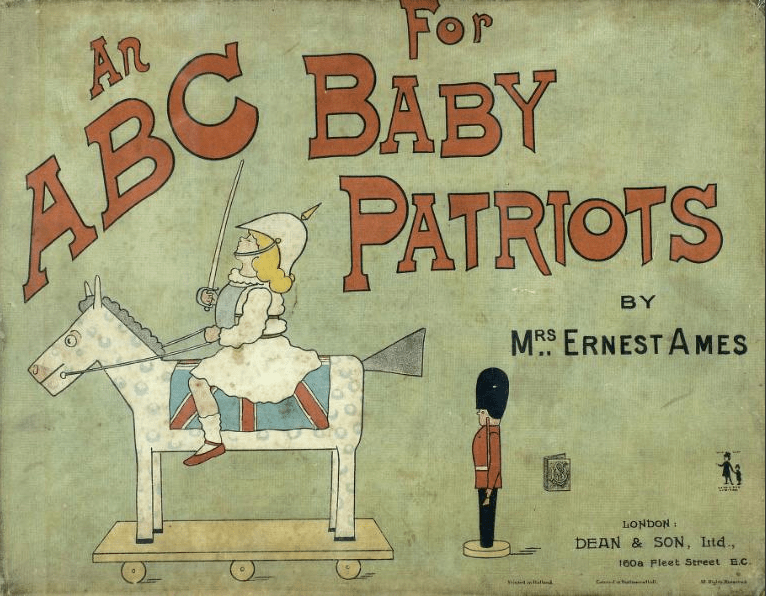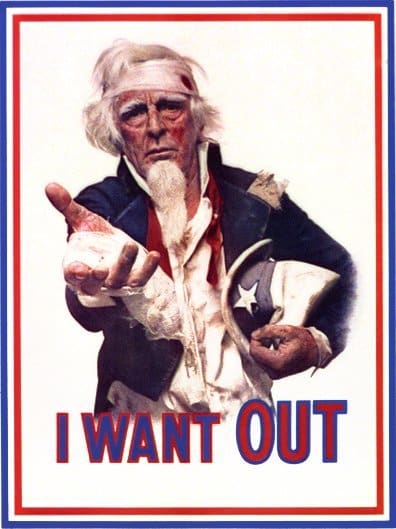 Working as individuals or in 2 person teams, students will design a DBQ question suitable for inclusion of our DBQ iBook (available at iTunes).
Working as individuals or in 2 person teams, students will design a DBQ question suitable for inclusion of our DBQ iBook (available at iTunes).
See Class 7 for recommendations for DBQs and Teaching with Documents. Your DBQ will include:
- Introduction of the DBQ with brief historic context as needed.
- Generative / essential question
- About 5 – 8 related documents (image, text, video, audio) that will assist the students in answering the generative question
- A scaffolding question for each document to assist the student in examining the document
A good example of a DBQ is Progress and Poverty in Industrial America This is a pdf version of one of my iBooks. (note: you will not have full function of all the gallery and video widgets). It uses 11 documents, which is a bit more than I expect for your DBQ.
The DBQ Design Assignment will be accomplished in steps:
Step 1: Develop a proposal which will be submitted for peer review.
You should be prepared to deliver a 2 min pitch to class. (not a written assignment to be turned in)
Due date: 10/20.
We’ll do a bit of “speed dating” of our ideas for the DBQ Assignment. Students will form two lines and have 2 minutes to pitch their DBQ design idea to each other and share some feedback. Then one line will shift and we repeated the pitch exchange. In all students will pitch their idea three times.
The goal of this phase is to gather feedback from peers regarding the following:
- You have an interesting generative / essential question worth answering.
- Your initial appraisal indicates there are suitable documents available.
- You have an idea for how students will interpret your documents. “What does it say, how does it say it, what’s it mean to me?”
Step 2: Students will share their revised idea as a blog post at EdMethods by Sunday Oct 26th. It should explain how you intend to address the 3 questions above. You may wish to include a sample document and related scaffolding question. Or you might want to focus on the “big picture” of what you are trying to accomplish with your DBQ. Feel free to note the challenges you face.
Step 3: Students will peer review a selection of classmates DBQ proposals in class on 10/27.
Step 4: Students will open an account at Learnist in class on 10/27 and use the site to post their working draft DBQ.
Due date: Nov 3rd.
Learnist is a web-based curation site with built in social media tools – it can collect and comment on videos, blogs, books, docs, images or anything on the web. (Think Pinterest for education?)
Your Learnist board should be tightly focused on documents that help students answer the DBQ’s generative question. Each document should include one or two scaffolding questions which help the student to use the documents to answer the DBQ’s generative question.
For a sample of a Learnist board see your instructor’s Incarceration of Japanese Americans During WWII
Your peers will be able to make comments after each document on your Learnist board to help you focus the DBQ. Since Learnist is open to the public, you can expect that others outside our class may comment as well.
Phase 5: Students will finalize their DBQs for inclusion in our iBook showcase.
Title: “An A B C, for baby patriots”
Creator: Ames, Mary Frances
Publisher: Dean & Son
Place of Publication: London (160a Fleet Street E.C.)
Publication Date: [1899]
Archive: University of Florida UF00086056:00001
 This week we take a break from introducing new content and take an opportunity to give careful consideration to our DBQ design project. Students will have the opportunity to comment on each others blog posts to give suggestions and feedback. I will take time to meet with each student individually to discuss their project. We will also put finishing touches on next week’s class where we will be guest hosts of #sschat on Twitter.
This week we take a break from introducing new content and take an opportunity to give careful consideration to our DBQ design project. Students will have the opportunity to comment on each others blog posts to give suggestions and feedback. I will take time to meet with each student individually to discuss their project. We will also put finishing touches on next week’s class where we will be guest hosts of #sschat on Twitter.


